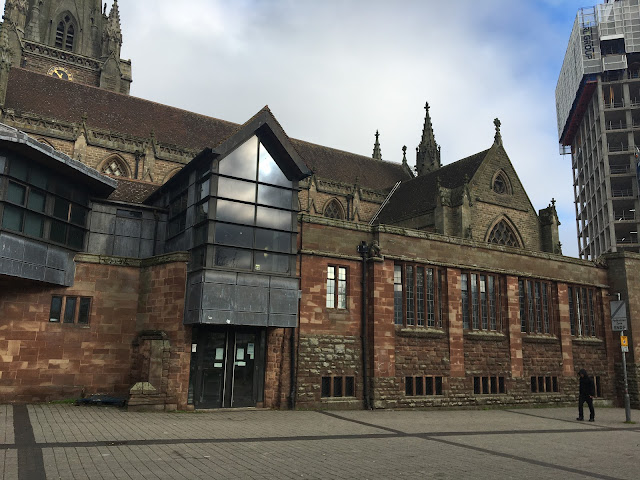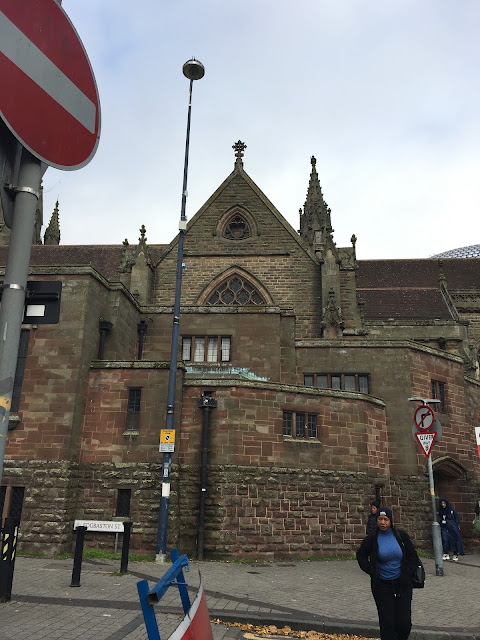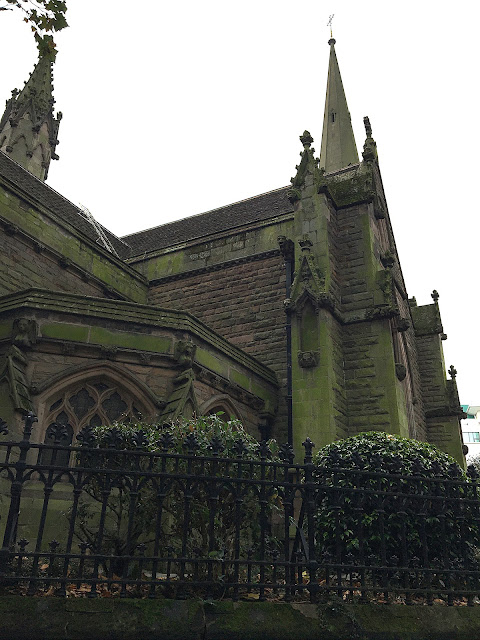Tuesday, 29 October 2024
St Martin in the Bullring I
Saturday, 26 October 2024
Sibelius in Birmingham
Tuesday, 1 October 2024
The Habitat Catalogue VI: 1988
I had bought this, the 1988 edition of the Habitat catalogue, because I was looking for the Arts and Crafts fabric range that Habitat produced in that year in collaboration with the V&A. The aptly named 'V&A Collection'. I'm really intrigued by this collection (which also I have discovered, as of 7.10.24, also included ceramics) as it revived designs by Arts and Crafts masters such as C F A Voysey. Images of these designs are available on the V&A website but information there and elsewhere is quite scarce. There are any number of Habitat fabrics dating from 1988 on the museum website which therefore, I presume, formed part of the collaboration but only about half a dozen are obviously 'Arts and Crafts'. If sales of second-hand curtains on eBay are anything to go by, the designs 'Madura Tree' and 'Madura Leaf' were the most popular patterns. The two Voysey fabrics, 'The House that Jack built' and 'Alice' both designed for children, included in the collection are almost as popular, but other designs such as 'Hemlock' are yet to appear. Maybe the name was off putting.
Since then, I have somewhat modified my attitude. The older Habitat is still there. There are some good design to be found - lovely glass wear, cutlery and kitchenware. There is a whole plethora of good fabrics designed by Collier Campbell, some of which may have been designed back in the 1970s. Yet because of the design of the catalogue all these good things have to be actively searched for.

















